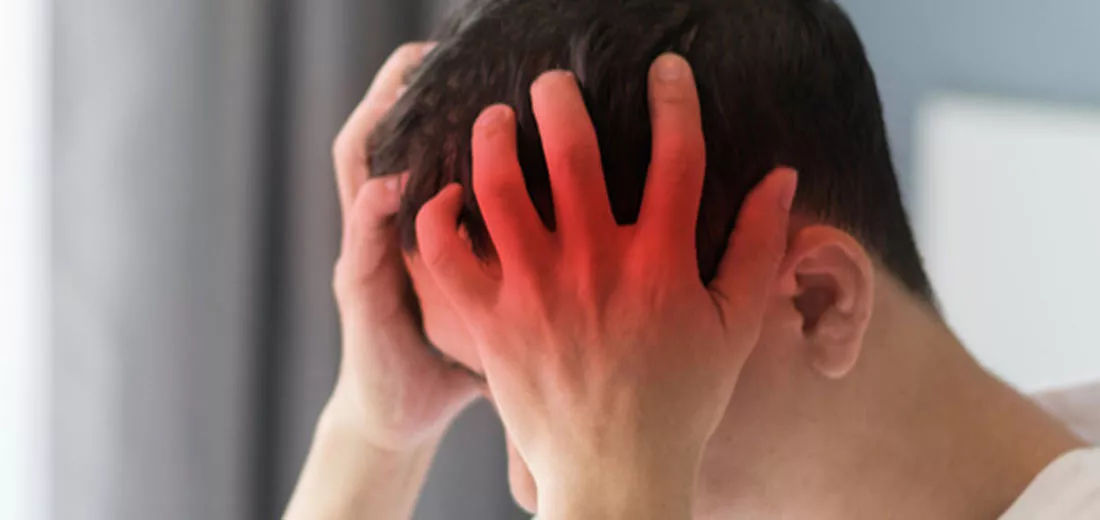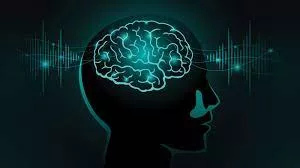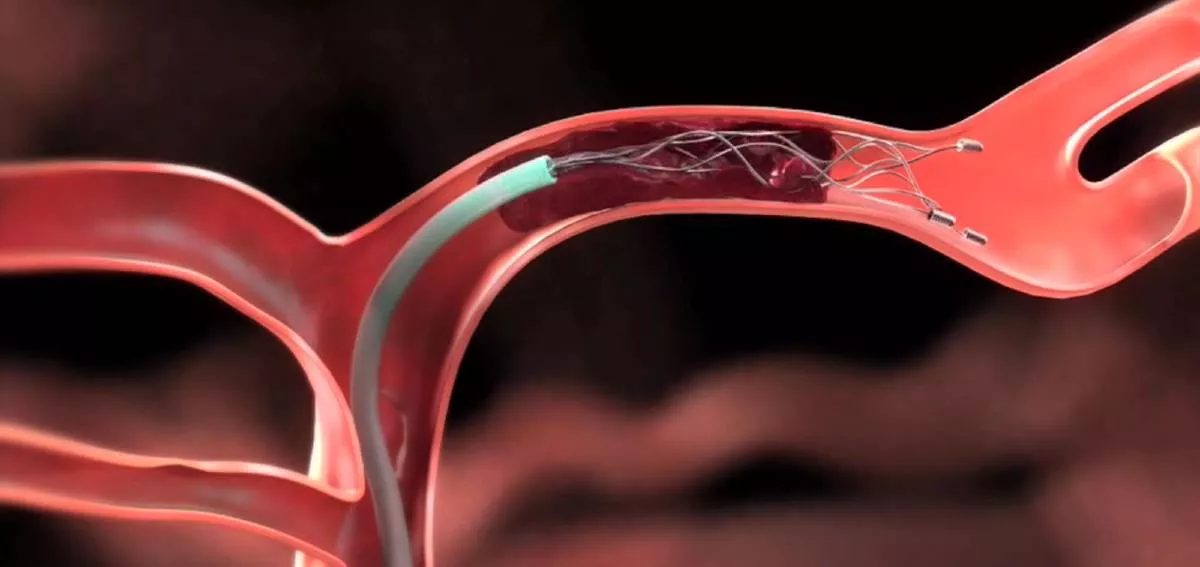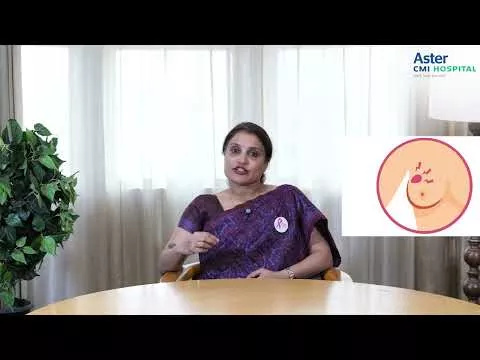Parkinson’s disease (PD) is a chronic, progressive disorder of Brain that prominently affects the person’s mobility. The disease symptoms and progression usually varies among the subjects.
The primary symptoms of Parkinson’s disease are:
- Slow movements (bradykinesia)
- Stiffness (rigidity) in limbs
- Limb shaking (Tremors)
- Walking imbalance (Postural Instability)
In addition to the above motor symptoms, the patients can have several non-motor symptoms like memory, mood issues, sleep changes, urinary issues, constipation, behavioral problems, loss of smell etc. At any given point of time each patient will have a combination of the above motor and non-motor symptoms.
The cause behind Parkinson’s Disease
The cause or the reason behind Parkinson’s Disease is not fully understood at present. The research supports the role of combined environmental and genetics factors. Age is an important risk factor for developing PD, the prevalence of illness increases with an advancing age beyond 60 years. However, PD can affect any age group. The epidemiological studies have observed a slight male dominance in PD.
Genetic (monogenic form) account for about 10-15% of cases and are usually more prominent in younger individuals. Several genes increasing the risk of developing PD are being recognised.
Some environmental factors like long term pesticide exposure, manganese toxicity, repetitive head injury etc increase the risk, while others like drinking coffee can be protective against developing PD. A large number of environmental risk factors remain to be explored.
The progression of motor symptoms is usually monitored by the treating Neurologist using Hoehn and Yahr rating scale. The scale divides PD into five stages based on the severity of motor symptoms and its effect on the activities of daily living.
What are the 5 stages of Parkinson disease?
Parkinson’s Stage 1
This is the mildest form of Parkinson’s disease. At this stage, the symptoms are limited to one side of the body. The usual symptoms at this stage are reduced arm swing, change in signature, occasional hand tremor when anxious, emotionless face etc. These symptoms are often apparent to the family members and friends than the patient. A combination of medical therapy, physical activity and a healthy lifestyle are helpful at this stage. A minority of these patients can also be managed without medicine under supervision of your treating Neurologist. After noticing these symptoms, get timely treatment from one of the best neurologists in Bangalore so that you can work towards minimizing and reducing symptoms.
Parkinson’s Stage 2
The symptoms are present on both the sides of body at his stage (although the second side usually has milder symptoms). The presenting symptoms include increasing limb tremor, stiffness, slowness in activities and sometimes speech difficulties. Difficulty in walking and balance can be impaired at this stage, however falls are unusual.
More often than not, people who are diagnosed with stage 2 Parkinson’s can still manage alone, though may notice that some tasks are taking longer to complete. Going from stage 1 to stage 2 can take months or maybe even years. Plus, there is no way you can even predict this progression.
Parkinson’s Stage 3
This is the middle stage in Parkinson’s, and it can be categorized as a huge turning point in the progression of the disease. Some of the symptoms are the same as those present in the previous stage. However, the imbalance worsens and there is a tendency to fall due to decreased postural reflexes (postural instability). Thus, your movement will become slower holistically.
Unfortunately, Parkinson’s have a significant impact on daily tasks at this stage, but people are still able to finish them. A combination of medicine, gait and balance training is helpful at this stage.
Parkinson’s Stage 4
During this stage, people can stand without any assistance. Although, patients may require a walker or any other kind of assistive device.
People are often unable to live alone when they reach this stage of Parkinson’s due to a significant decrease in movement and reaction times. Living alone at this stage can make daily tasks difficult, and is also considered difficult by several medical professionals.
Parkinson’s Stage 5
This is by far, the most advanced stage of the disease. The patients may face advanced stiffness in the legs and that can even cause freezing upon standing. Hence, making it impossible to stand or even walk. In this stage, people often need wheelchairs and are unable to stand on their own without falling. It is beneficial if the patient opts for around-the-clock assistance.
The non-motor symptoms (NMS) are equally prominent during all these stages and certain NMS like
confusion, hallucinations (sensory perception like seeing, hearing, touch or smell in absence of real stimuli), delusions (false belief that is held despite the contrary evidence) and memory loss (Dementia) becomes more prominent and difficult to manage during the advanced stages (stage 4 &5).
Final Note
In the end, understanding both motor and nonmotor symptoms of the disease can prompt earlier detection and proper management. It can improve the quality of life drastically.
When you are aware of your personal risk factor, it can help you detect symptoms in the beginning. Furthermore, always keep in mind that not everyone progresses to the most severe stages of Parkinson’s. The disease varies significantly from one person to another.
Visit the Best Neurology Hospital in Bangalore to get an advanced treatment for Parkinson’s disease. If you are looking for specialized care, a reputed Neurology Hospital in India can provide comprehensive treatment and support. With some of the most experienced Neurologists in India, patients can receive advanced therapies and holistic management for Parkinson’s disease.










